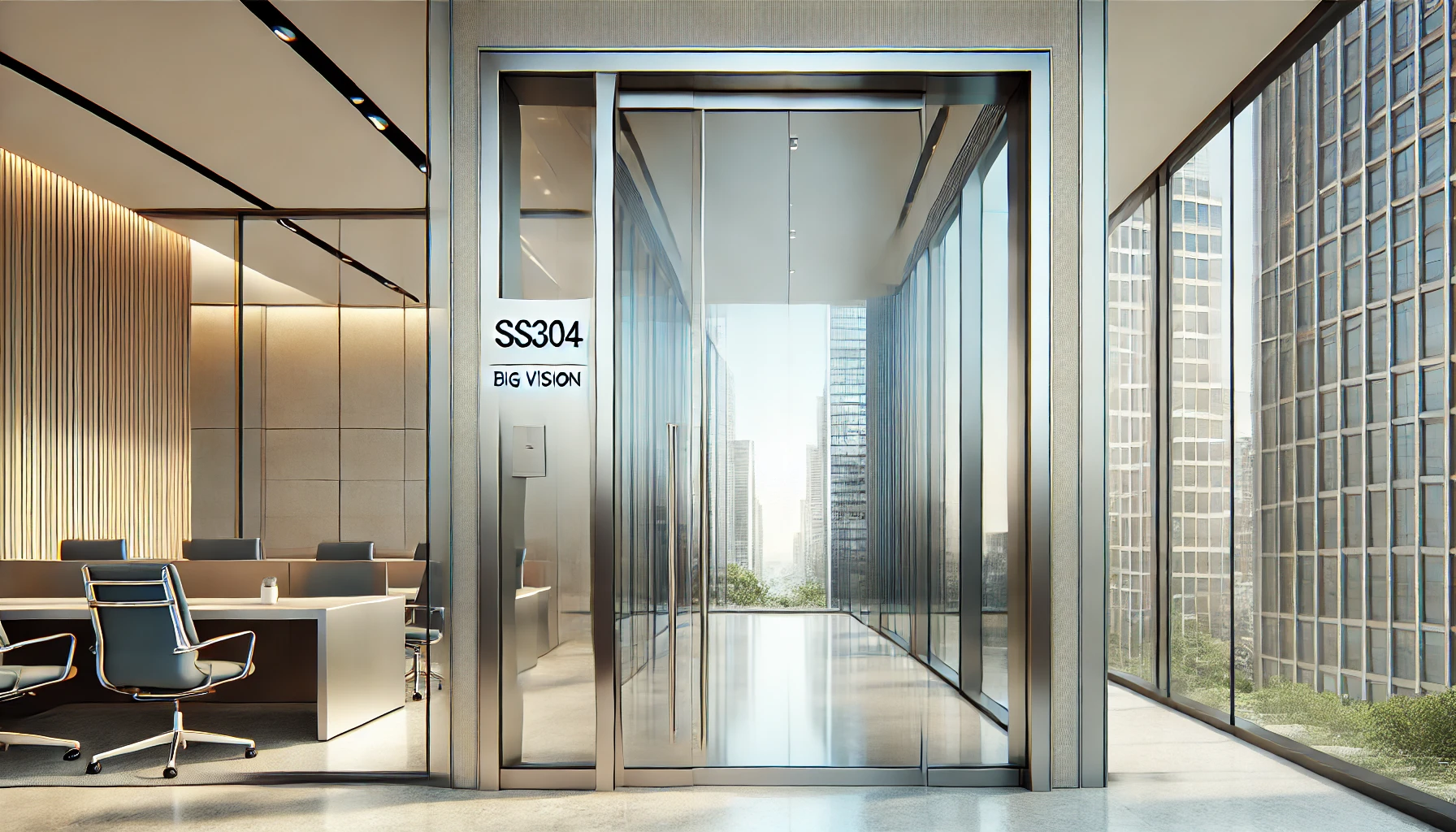Welcome to the ultimate guide on elevator maintenance, brought to you by Wingstair Elevators Pvt. Ltd., a pioneer in the elevator industry in India. Elevators are an integral part of urban infrastructure, ensuring seamless vertical transportation. However, their efficiency and safety depend on a robust maintenance strategy. In this guide, we aim to provide comprehensive insights into elevator maintenance, backed by case studies, expert opinions, and actionable tips. Let’s dive in!
Why Elevator Maintenance Matters
Elevators handle millions of trips daily, making maintenance a critical component of their operation. Faulty elevators not only inconvenience users but also pose significant safety risks.
Key Benefits of Regular Maintenance
- Enhanced Safety: Minimizes the risk of accidents.
- Extended Lifespan: Proper upkeep ensures longevity.
- Reduced Downtime: Prevents unexpected breakdowns.
- Energy Efficiency: Optimized elevators consume less power.
- Compliance: Meets local safety and operational regulations.
Case Study:
In 2019, a high-rise building in Mumbai faced a legal issue due to multiple elevator failures, resulting in tenant dissatisfaction. Upon investigation, it was revealed that irregular maintenance was the primary culprit. Post intervention by professional maintenance services, tenant complaints reduced by 80%, and operational costs dropped by 25%.
Types of Elevator Maintenance
There are several approaches to elevator maintenance. Let’s explore the most effective ones:
1. Preventive Maintenance
This involves scheduled inspections and minor repairs to prevent future issues. Think of it as regular health check-ups for your elevator.
- Pros: Cost-effective, minimizes breakdowns.
- Example Tasks: Lubricating moving parts, checking cables.
2. Corrective Maintenance
Addresses issues only after they occur. While it can be less expensive initially, the costs add up due to frequent repairs and downtime.
- Ideal For: Low-traffic buildings.
3. Predictive Maintenance
Uses advanced technologies like IoT sensors to monitor real-time performance and predict issues before they arise.
- Technology Spotlight: AI-driven tools can detect anomalies in elevator operation, prompting timely action.
4. Emergency Maintenance
Critical for responding to urgent breakdowns. While essential, reliance on emergency maintenance can disrupt operations.
Components That Require Regular Maintenance
Elevators comprise numerous intricate parts, and each demands specific attention. Here’s a breakdown:
| Component | Common Issues | Maintenance Tips |
| Cables | Fraying or tension loss | Regular inspection and replacement |
| Control Panel | Malfunctions in electronic systems | Routine testing of circuits |
| Doors | Misalignment or jamming | Cleaning and lubrication |
| Brakes | Wear and tear | Testing brake pads and mechanisms |
| Hydraulics | Leaks or pressure drops | Monitoring fluid levels |
Elevator Maintenance Regulations in India
India’s elevator maintenance standards are governed by state-specific rules, often derived from the National Building Code of India (NBC). Key mandates include:
- Annual Inspections: Ensures compliance with safety norms.
- Trained Technicians: Only certified professionals should handle maintenance.
- Record Keeping: Detailed logs of maintenance activities are mandatory.
Real-World Insight:
A residential complex in Bangalore reported an elevator mishap due to uncertified personnel conducting repairs. Post-incident, Wingstair Elevators Pvt. Ltd. was called in to overhaul the system and train on-site staff, restoring both functionality and trust.
Modern Tools and Techniques in Elevator Maintenance
Technological advancements have revolutionized elevator maintenance. Let’s take a closer look:
1. IoT-Enabled Monitoring
Sensors provide real-time data on performance, usage, and anomalies. For instance, IoT platforms alert technicians to unusual motor temperatures.
2. AI-Powered Diagnostics
Artificial intelligence predicts potential failures, optimizing service schedules and reducing costs.
3. AR for Technician Training
Augmented Reality (AR) tools provide immersive training experiences, enhancing technician preparedness.
Best Practices for Elevator Maintenance
1. Develop a Maintenance Plan
- Schedule inspections every 3-6 months.
- Include seasonal checks for weather-related issues.
2. Partner with Certified Experts
Hiring a professional service like Wingstair Elevators ensures quality and compliance.
3. Invest in Modern Systems
Upgrade outdated components to improve efficiency and reduce repair costs.
4. Educate Building Staff
Basic troubleshooting knowledge among staff can prevent minor issues from escalating.
Pro Tip:
Maintain an emergency contact list of technicians to ensure prompt responses during breakdowns.
The Cost of Neglecting Elevator Maintenance
Failing to maintain elevators can lead to severe consequences:
- Increased Liability: Accidents due to negligence can result in legal and financial repercussions.
- Higher Costs: Frequent breakdowns inflate repair expenses.
- Reduced Property Value: Malfunctioning elevators deter potential tenants or buyers.
Statistic Highlight:
A study by McKinsey revealed that preventive maintenance reduces elevator downtime by 40% compared to corrective approaches.
Partnering with Wingstair Elevators Pvt. Ltd.
At Wingstair Elevators Pvt. Ltd., we pride ourselves on delivering cutting-edge solutions tailored to your needs. Whether you manage a commercial complex or a residential property, our comprehensive maintenance packages ensure peak performance and safety.
Why Choose Us?
- Experience: Over two decades in the elevator industry.
- Innovation: Leaders in adopting IoT and AI-driven tools.
- Customer-Centric: 24/7 support and flexible plans.
Conclusion
Elevator maintenance is not just a necessity but an investment in safety, reliability, and efficiency. By adopting the right strategies, leveraging modern technology, and partnering with experts like Wingstair Elevators Pvt. Ltd., you can ensure uninterrupted operations and peace of mind.







Add comment